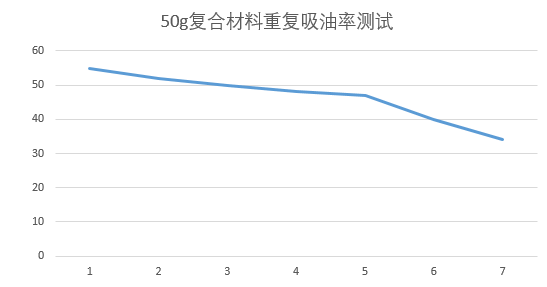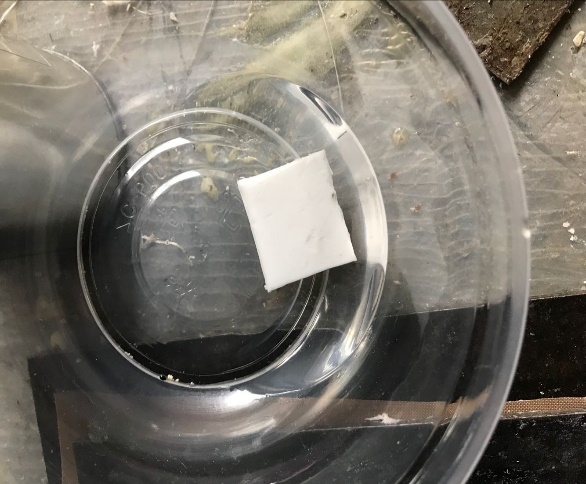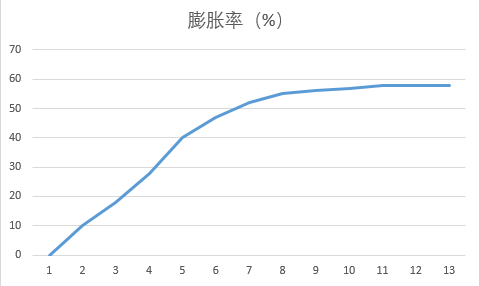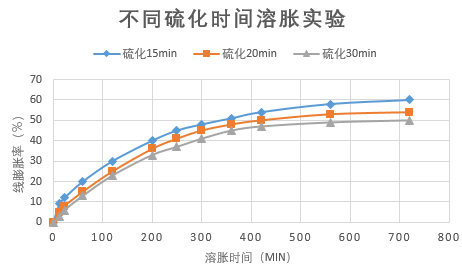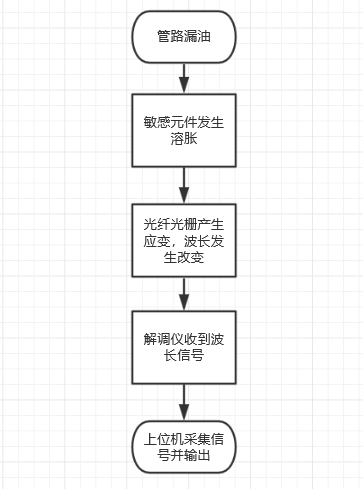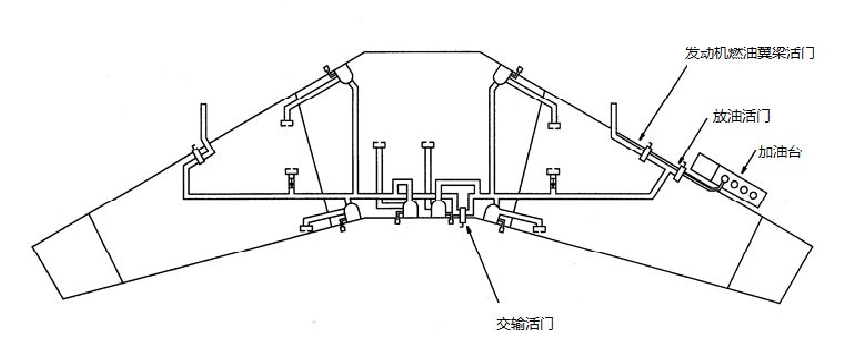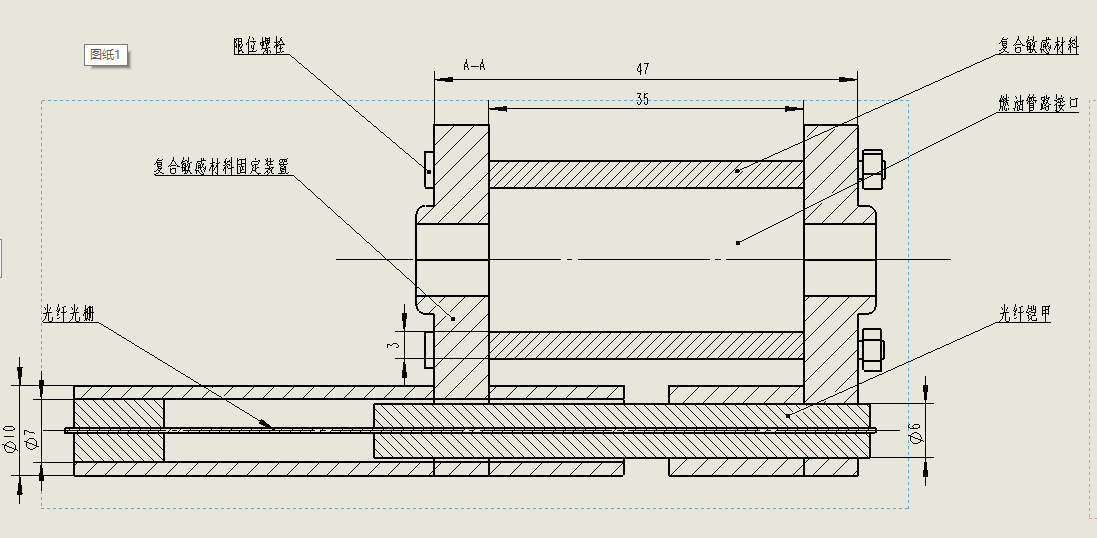基于光纤光栅的漏油传感器设计毕业论文
2020-04-12 16:15:52
摘 要
针对飞机管路漏油,研发一种漏油检测复合敏感材料传感器,可以应用于光纤光栅漏油实时监测系统。主要研究任务如下:
⑴通过对航空管路漏油检测的要求和工作方式进行分析,提出使用光纤光栅测量系统进行飞机管路漏油检测和定位;
⑵提出采用环糊精基吸油树脂 硅橡胶,研发复合敏感材料漏油传感器;传感原理为漏油使该复合敏感材料发生溶胀,对光纤光栅施加应力,使其反射波长发生变化实现漏油检测。
⑶通过实验选择复合敏感材料漏油传感器合适的配比,并对吸油性能进行验证;通过对0.25:1,0.5:1,1:1的环糊精基吸油树脂与硅橡胶的复合材料的吸油性能的实验分析,选定0.5:1的环糊精基吸油树脂 硅橡胶的作为复合敏感材料;实验表明,选定的复合敏感材料既具有良好的吸油性能,又不会在煤油中发生溶解现象,满足本设计要求。
⑷设计并制作了可以应用与光纤光栅漏油检测的复合敏感材料漏油传感器原型结构,并与光纤光栅漏油检测原型系统进行了联调联试,获得了相关数据。
结果表明,漏油检测复合敏感材料传感器具有性质稳定、反映快、灵敏度高,不需要电源等优点,同时还具有一个传感器系统检测多个漏油具体位置的优点。
关键词:复合敏感材料;漏油检测传感器;航空管路,光纤光栅漏油检测系统;
Abstract
In view of the oil leakage of aircraft pipeline, a kind of compound sensor for oil leakage detection is developed, which can be used in real-time monitoring system of fiber Bragg grating oil leakage. The main research tasks are as follows:
⑴Based on the analysis of the requirements and working modes of oil leak detection in aviation pipelines, a fiber Bragg grating measurement system is proposed to detect and locate oil leakage in aircraft pipelines.
⑵ The paper puts forward the use of cyclodextrin oil-absorbing resin silicone rubber to research and develop the oil leakage sensor of compound sensitive material, and the sensing principle is that the oil spill causes the compound sensitive material to swell, exert the stress on the fiber Bragg grating, and realize the leak detection by the change of reflection wavelength.
⑶ The suitable proportion of oil leakage sensor of compound sensitive material is selected by experiment, and the oil absorbing performance is validated. Through the experimental analysis of the oil absorbing property of the 0.25:1,0.5:1,1:1 resin and silicone rubber composite, 0.5:1 of the cyclodextrin base oil absorbent resin is selected As a compound sensitive material of silicone rubber, the experiment shows that the selected compound sensitive material has good oil absorbing property and does not dissolve in kerosene, which satisfies the design requirement.
⑷ The prototype structure of a compound sensitive material oil leakage sensor which can be used to detect oil leakage from fiber Bragg grating is designed and combined with the prototype system of fiber Bragg grating oil leak detection, and the relevant data are obtained.
The results show that the composite sensor with oil leakage detection has the advantages of stable property, quick reflection, high sensitivity and no power supply, and also has the advantage of a sensor system to detect the specific location of several oil spills.
Key Words:Compound sensitive material, oil leak detection sensor, aviation pipeline, Fiber Bragg grating oil leak detection system;
目录
第1章 绪论 5
1.1 论文研究背景 5
1.2 国内外研究现状 5
1.3 论文主要研究内容 6
第2章 光纤光栅传感器原理 7
2.1 光纤光栅的基本光学性能 7
2.2 应力作用下的波长漂移 8
2.3 温度作用下的波长漂移 9
2.4 本章小结 10
第3章 敏感材料的研究 11
3.1 敏感材料选择 11
3.1.1 溶胀原理 11
3.1.2 敏感材料的稳定性 11
3.1.3 复合材料的其他优点 12
3.2 敏感材料的制备 12
3.2.1 复合材料的配方和制备 12
3.3 敏感材料的溶胀性对比实验 13
3.3.1 模具的设计 13
3.3.2 溶胀实验 13
3.3.3 硫化时间对溶胀性的影响 14
3.4 本章小结 14
第4章 总体方案设计 15
4.1 系统总体框架 15
4.2 燃油系统的管路 15
4.3 传感器头结构设计 16
4.3.1 传统漏油传感器 16
4.3.2 本文设计的漏油传感器 17
4.3.3 传感器的标定 18
4.4 数据采集设计 18
4.5 本章小结 18
第5章 实验部分以及系统验证 19
5.1 光纤光栅的焊接与解调 19
5.2 不同尺寸的敏感元件对传感器影响 20
5.2.1 不同尺寸敏感材料实验 20
5.3 温度对传感器影响 21
5.4 敏感材料的重复使用性 22
5.5 一种基于光纤光栅的漏油检测装置实例 22
5.6 航空管路漏油测量传感器的布设装置 23
5.7 本章小结 23
第6章 全文总结与展望 24
6.1 全文总结 24
6.2 研究展望 24
参考文献 25
致 谢 27
第1章 绪论
1.1 论文研究背景
随着飞机的发展,其在军事及民用领域的应用越来越普遍,但随着应用的广泛性,其各方面的问题也随之暴露出来,飞机管路漏油便是其中之一,飞机管路漏油分为两种,一种是飞机液压管路漏油,一种是飞机燃油系统管路漏油,本论文主要提供一种不需要肉眼监测的检查飞机燃油系统管路漏油的方法。
飞机的燃油系统由燃油贮存、燃油通气、压力加油、放油、发动机供油、APU供油系统等组成,其中压力加油,放油,发动机供油系统由复杂的输油管路组成,燃油系统一般都有很多个油箱,一般是分别将各个油箱与一个装在发动机旁的油箱串联起来,再按照一定的顺序将各个油箱中的燃油通过输油泵或者增压空气输入这个油箱,然后从这个油箱经过输油泵,再经过输油管路输送给发动机。因此,输油泵与输油管路的接口,燃油箱与输油管路的接口以及输油管路本身都存在漏油的可能性。燃油箱的漏油分为3种形式;
(1)外漏:由于封圈的老化或者其他原因,燃油泄漏出油箱。
(2)内漏:由于油箱内管道的损坏,燃料箱之间无定向漏油。
(3)燃油箱内的导线导管损坏而造成的燃油渗漏 [1]。
自1959年来,一共出现过18起燃油管路泄漏引发着火事故,造成542人遇难,12架飞机被烧毁。2007年8月,台湾某公司的一架波音737飞机在冲绳机场降落时因燃油管路漏油发生爆炸,造成了巨大的损失,引起了极大的关注[2]。预防及解决燃油管路漏油事故迫在眉睫。
1.2 国内外研究现状
目前国际上具有一套标准的燃油箱渗漏放行标准,渗漏等级分为油斑,渗漏,严重渗漏,流淌渗漏。检查程序如下: 首先接近漏油区将该区域擦干;15min后再次检查漏油区,测量漏油区的面积,进而确定渗漏等级,对比渗漏评估表,判断是否可以放行。
漏油的检查方法:
滑石粉法:燃油箱外壳的可见泄漏可以用滑石粉进行检查。具体步骤是:在清洗燃油箱表面后,滑石粉均匀地涂抹在燃油箱表面上。然后观察滑石粉的颜色变化,确定泄漏的程度。
后面吹气法:适用于寻找具体的内部渗漏点。具体步骤是: 放空待检查的燃油箱。利用两个人的配合,一人留在油箱外向油箱内吹气,另一人进入油箱寻找渗漏区域,且随身携带防爆手电和无腐蚀泡沫笔。将大量泡沫应用于容器内3英尺内的区域内,在外部找到泄漏点。油箱外用带喷嘴的喷气装置向渗漏区域吹送高压气,油箱内检查泡沫,从而确定渗漏区域大小。最后记录渗透区域并加以修复[2]。
压力盒法: 在向燃油箱内部长时间吹气的同时使用压力保持盒辅助吹气。
以上是毕业论文大纲或资料介绍,该课题完整毕业论文、开题报告、任务书、程序设计、图纸设计等资料请添加微信获取,微信号:bysjorg。
相关图片展示:
